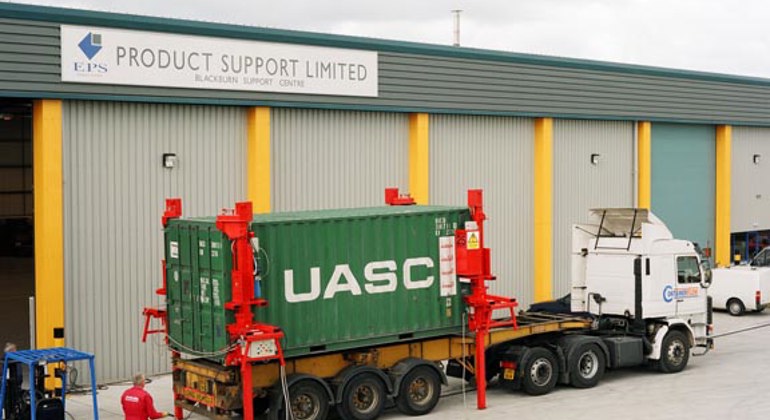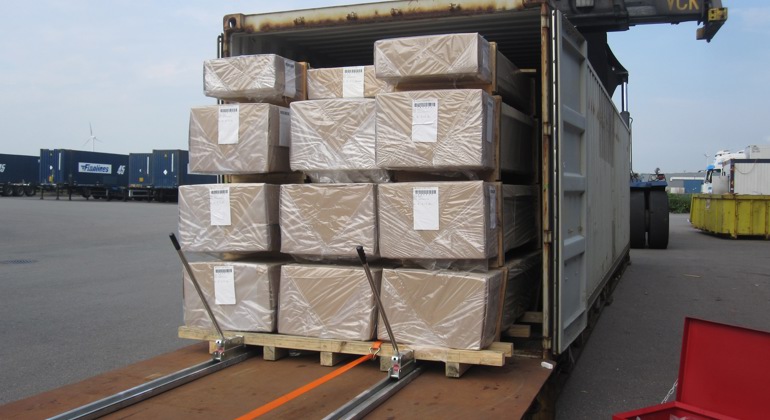These days, the industry knows the container as the backbone of global logistics. Although already invented back in the 1930s, the container found its standardisation as the global loading unit only after World War 2, in the 1950s, due to the rapid growth of world trade.
However, as the volumes of trade goods continue to increase year after year, the demand for containers and container space on ships and trains is also likely to increase. In fact, most industries now rely on at least one container for overseas transportation of goods or for transportation far inland.
The increasing demand for containers has triggered a rise in the expansion of existing ports and the development of new ports. That’s why we’re on hand to partner with those who need to load and handle containers with our loading solutions.
Book a FREE Loading Assessment
Learn how to make the loading process safer and more efficient with a no-obligation assessment...
BOOK NOW

